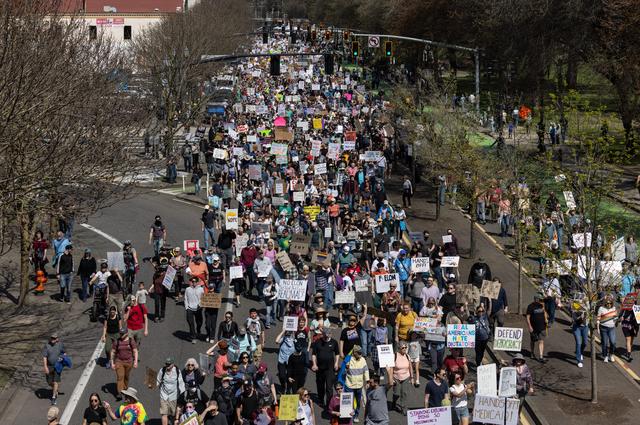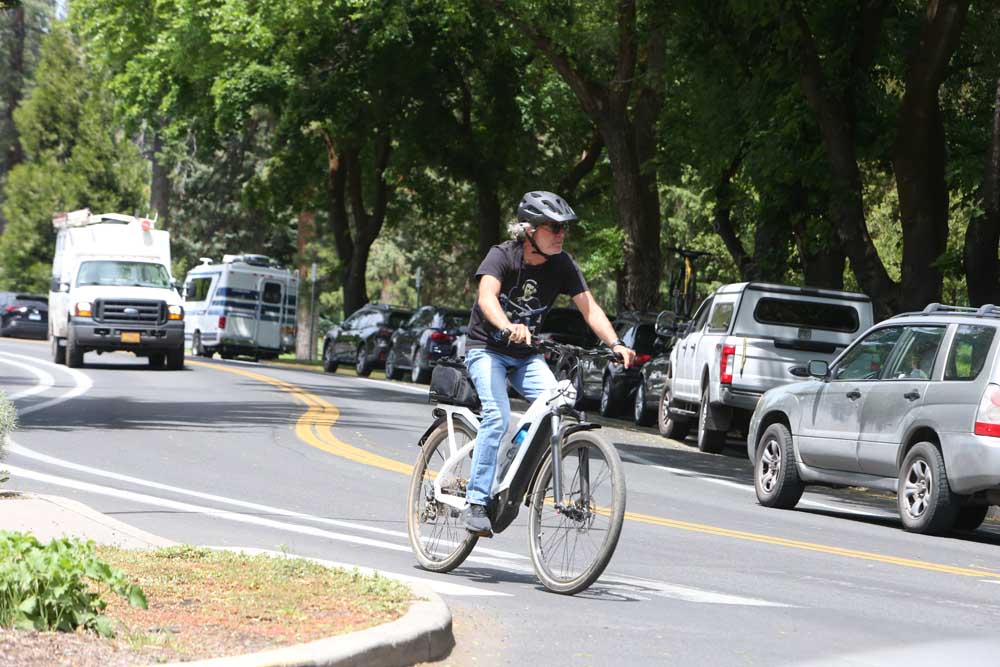Schools struggle to adapt to gas prices
Published 5:00 am Wednesday, August 13, 2008

- Bend-La Pine Schools and the other districts around the region are working to cut their use of fuel by changing routes, limiting idling time and altering driving habits.
Gas prices may be sinking below $4 a gallon, but that doesn’t make operating fleets of gas-guzzling buses cheap for Central Oregon school districts.
As the new school year draws near, districts are figuring out ways to keep their gas bills from becoming unbearable.
Bend-La Pine Schools is the largest area school district. With 97 routes running in Bend and La Pine each day, the district goes through about 4,500 gallons of diesel and 1,000 gallons of unleaded gasoline each week. That translates into big money, and to start the year off right, the district is trying to cut back.
Since the district changed all school boundaries, the transportation department was already reorganizing routes and figuring out efficient ways for students to get to school.
“We’re doing what we can,” Transportation Supervisor Denice Blake said. “We try to run a pretty lean ship already.”
To cut back, Blake said, Bend-La Pine has consolidated some bus stops and will place the buses that get the best mileage on the longer routes.
Still, it’s a challenge, because the district is so large. Although there are few students in Millican, the district has to send a big bus that will be able to make the long journey day after day; most of the smaller buses in the district’s fleet are 30 years old or more.
In addition, the district is cutting down the amount of time bus drivers spend idling before they start their routes. In the past, drivers had 10 minutes to report to the bus barn and check their safety equipment as their buses idled. Now drivers will have just five minutes before they head out on their routes, except in winter.
And throughout the year, Blake said, bus drivers come in with changes and suggestions to make the routes more efficient. Most district routes are still being finalized.
All public schools are required to transport students to school, unless they live within walking distance. Statewide, elementary school students who live within one mile and secondary students who live within 1.5 miles of their schools receive no bus service.
This year, Jefferson County School District will have more students who must be bused to school because the district closed Westside Elementary School to save money after a $3.1 million budget shortfall.
Last fall, the district spent about $23,000 each month for diesel, and that is expected to increase this year.
Tim Whitaker, the district’s transportation manager, said there will be two fewer bus routes this year. One route in Madras and another just north of the city will be eliminated as well. Those students will be consolidated into other existing routes.
“We’ll cut about 12,000 miles,” Whitaker said. “We’ll end up going less miles, but the buses will be fuller.”
But more students will have to use the bus service this year, because of the elementary school closure. The district will also cut idling time in front of the schools, unless it is cold out.
Because many districts in Central Oregon cover large areas, there’s not always much that can be done to cut down on gas use.
In Crook County, the school district picks kids up each day from stops outside Paulina, 75 miles from Prineville, and two students in Brothers, about 65 miles away.
“We don’t really have much choice,” Transportation Manager Roger Lyle said. “If you think about it, if the students weren’t riding the school buses to school, they might not come — their parents might home-school them, which changes our attendance numbers in school, and that again affects the budget.”
Lyle expects to see more families putting their children on the buses this fall to limit the gas used in the family car.
The district tried last year to make some changes, like limiting idling time. But he won’t try to change routes this year because the district made major changes to them last year. One thing Lyle is doing is trying to get drivers to change their habits behind the wheel.
“I’m talking to them about the way that they drive,” he said. “Some drivers go faster than others — some think they need to really step on it every time they take off. I’ve been trying to talk to them about taking it a little easier. I’d rather they get there a minute or two later and not use as much fuel.”
Like Crook County, Redmond School District implemented many changes in years past.
“We’re not really doing a lot more than we’ve done in the past,” said Marty Hopper, who oversees district transportation. “We complain about (prices).”
Four years ago, the district tried to cut costs by limiting the time buses are allowed to idle. Last year, the district spent $260,000 on fuel, and it has budgeted $375,000 for the coming year.
But as the new school year nears, the district is looking at its routes just like every year and trying to be more efficient.
“We do run some pretty long routes that come in with 15 or 20 kids on them,” he said. “And we have some short routes that fill up with one stop.”






